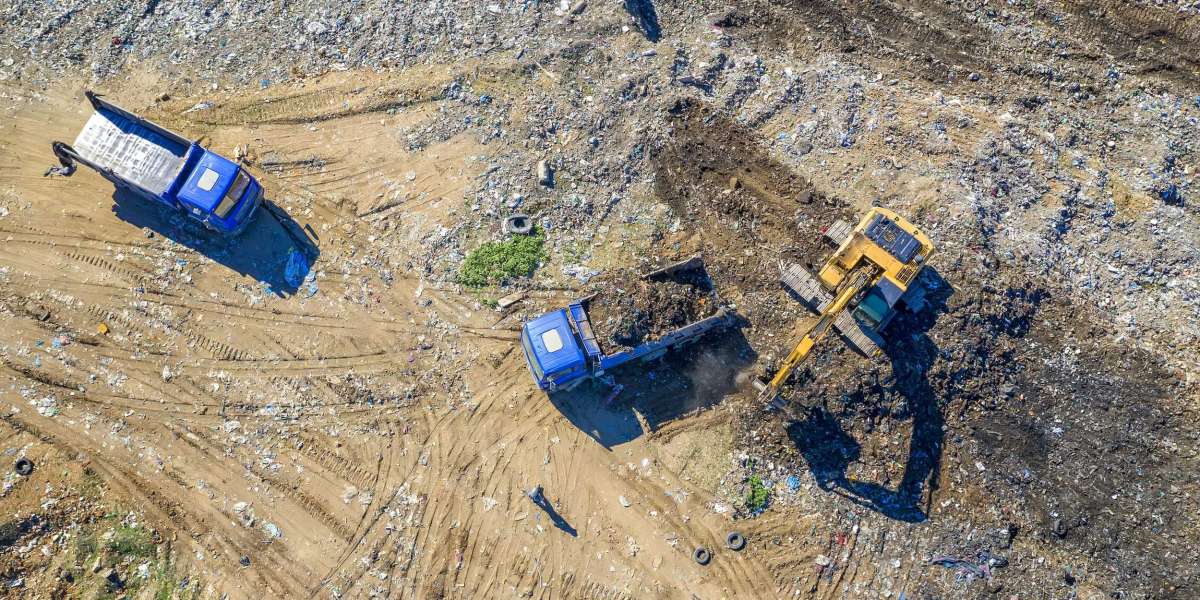When it comes to waste management, the terms "industrial waste management" and commercial waste management are often used interchangeably, but they actually refer to two distinct processes. Understanding the differences between industrial and commercial waste management is crucial for businesses looking to minimize their environmental impact and comply with regulations. Let's delve into the key disparities between the two.
Industrial Waste Management
What is Industrial Waste Management?
industrial waste management involves the collection, transportation, recycling, and disposal of waste generated by manufacturing processes, construction sites, and other industrial activities. This type of waste can include hazardous materials, chemical residues, and non-biodegradable materials that require specialized handling.
Key Features of Industrial Waste Management
- Strict regulations: Industrial waste is subject to stringent regulations due to its potential environmental and health hazards. Compliance with these regulations is essential to minimize the impact of industrial waste on the environment.
- Specialized disposal methods: Industrial waste often requires specialized disposal methods, such as incineration, chemical treatment, or secure landfilling. These methods ensure that hazardous materials are not released into the environment.
- Hazardous waste management: Industrial waste may contain hazardous materials that pose a risk to human health and the environment. Proper management of hazardous waste is critical to prevent contamination and ensure public safety.
Commercial Waste Management
What is Commercial Waste Management?
Commercial waste management involves the collection, sorting, recycling, and disposal of waste generated by businesses, offices, restaurants, and retail establishments. This type of waste includes paper, cardboard, food waste, and other recyclable or non-recyclable materials.
Key Features of Commercial Waste Management
- Waste segregation: Commercial waste management includes sorting waste into recyclable and non-recyclable categories. Recycling programs are implemented to reduce the amount of waste sent to landfills and promote sustainability.
- Cost-effective solutions: Businesses often seek cost-effective waste management solutions to minimize expenses associated with waste disposal. Recycling and waste reduction strategies help businesses save money and reduce their environmental footprint.
- Regulatory compliance: Commercial waste management must comply with local, state, and federal regulations governing waste disposal and recycling. Failure to comply with these regulations can result in fines and penalties for businesses.
Conclusion
In conclusion, industrial waste management and commercial waste management differ in terms of the types of waste generated, the regulations governing waste disposal, and the methods used for waste processing. Businesses can benefit from implementing sustainable waste management practices to reduce their environmental impact, improve resource efficiency, and enhance their corporate image. By understanding the key differences between industrial and commercial waste management, businesses can make informed decisions to support a cleaner and healthier environment.






